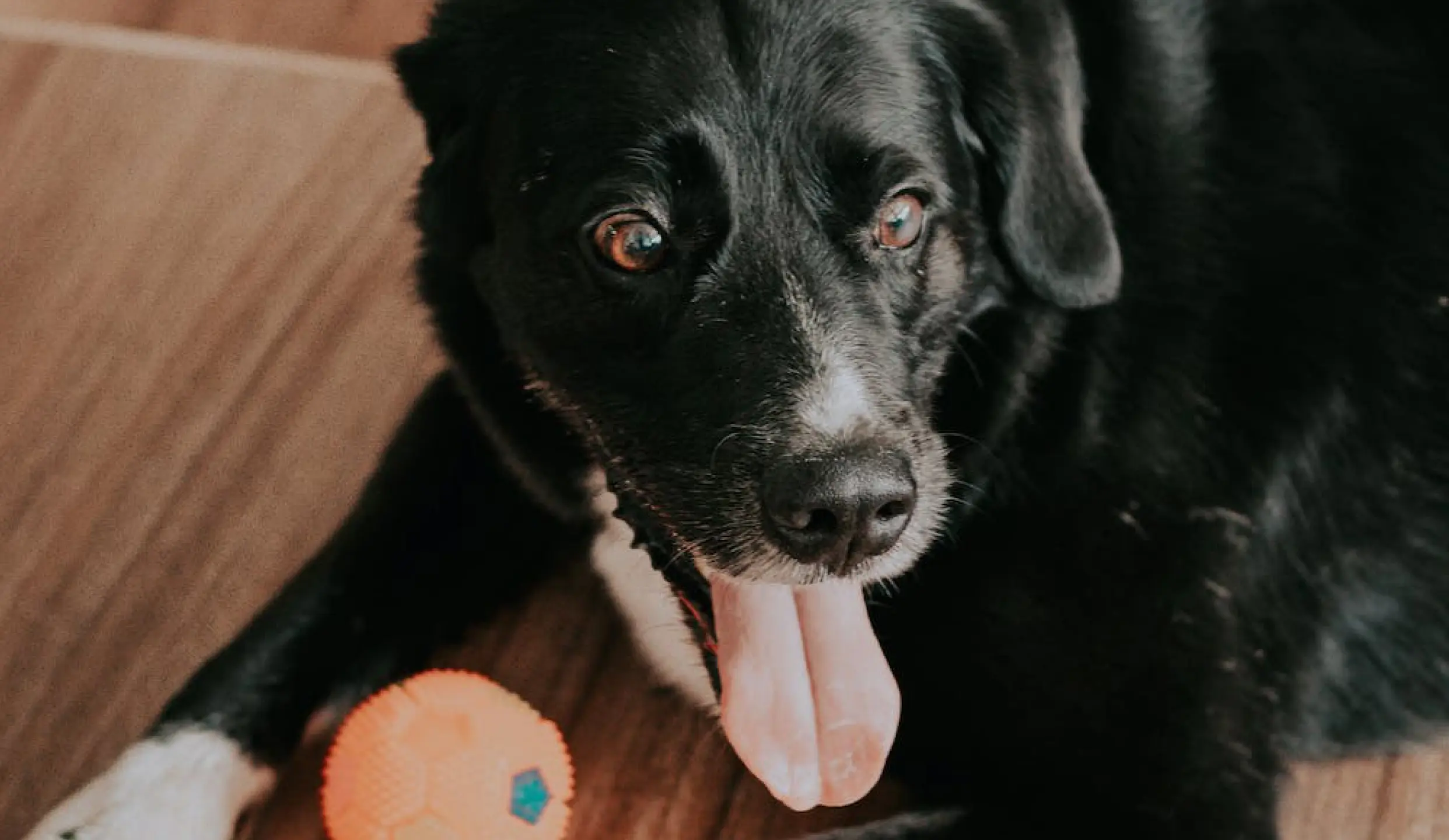


Bringing a new dog into your home can be an exciting and rewarding experience, but it also requires careful preparation and consideration.
Here are some steps and tips to help you successfully introduce a new dog to your home:
Take your time to research different dog breeds. Consider factors such as size, energy level, grooming needs, and temperament that match your lifestyle and preferences.
Before bringing your new dog home, ensure that your living space is dog-friendly. Remove any hazards or items that could be harmful to the dog, and designate a safe space where the dog can rest and feel comfortable.
Gather the necessary supplies before your new dog arrives. This includes food and water bowls, a comfortable bed, appropriate toys, a leash and collar, grooming supplies, and any other essentials.
Schedule a visit to the veterinarian shortly after bringing your dog home. This is important to ensure the dog is healthy, up-to-date on vaccinations, and to establish a healthcare routine.
When you bring your new dog home, introduce them to their environment gradually. Start by showing them around the house, allowing them to explore and become familiar with their new surroundings.
Set up a quiet and comfortable area where the dog can retreat to when they need some downtime. This can be particularly helpful during the initial adjustment period.
Dogs thrive on routine. Establish a consistent schedule for feeding, bathroom breaks, exercise, and playtime. This helps the dog understand what to expect and reduces anxiety.
Socialize your dog with other dogs, people, and different environments. Positive socialization experiences are crucial for their development and behavior.
Basic obedience training is important for your dog's safety and your relationship with them. Start with commands like "sit," "stay," and "come," and use positive reinforcement techniques.
Understand that the adjustment period can take time. Be patient and consistent in your interactions and expectations. Building a strong bond with your new dog requires time and effort.
Ensure that all family members are on the same page regarding rules, routines, and training methods. Consistency among family members is important for the dog's understanding of expectations.
Use positive reinforcement techniques such as treats, praise, and affection to reward good behavior. This helps create a positive association with desired behaviors.
If you encounter behavioral or health issues with your new dog, address them promptly. Seek advice from a veterinarian or a professional dog trainer if needed.
Dogs need physical and mental stimulation. Regular exercise and playtime help prevent boredom and can contribute to a well-behaved and happy dog.
Remember that every dog is unique, and their adjustment period may vary. By providing a loving and supportive environment, you can help your new dog feel comfortable and become a cherished member of your family.